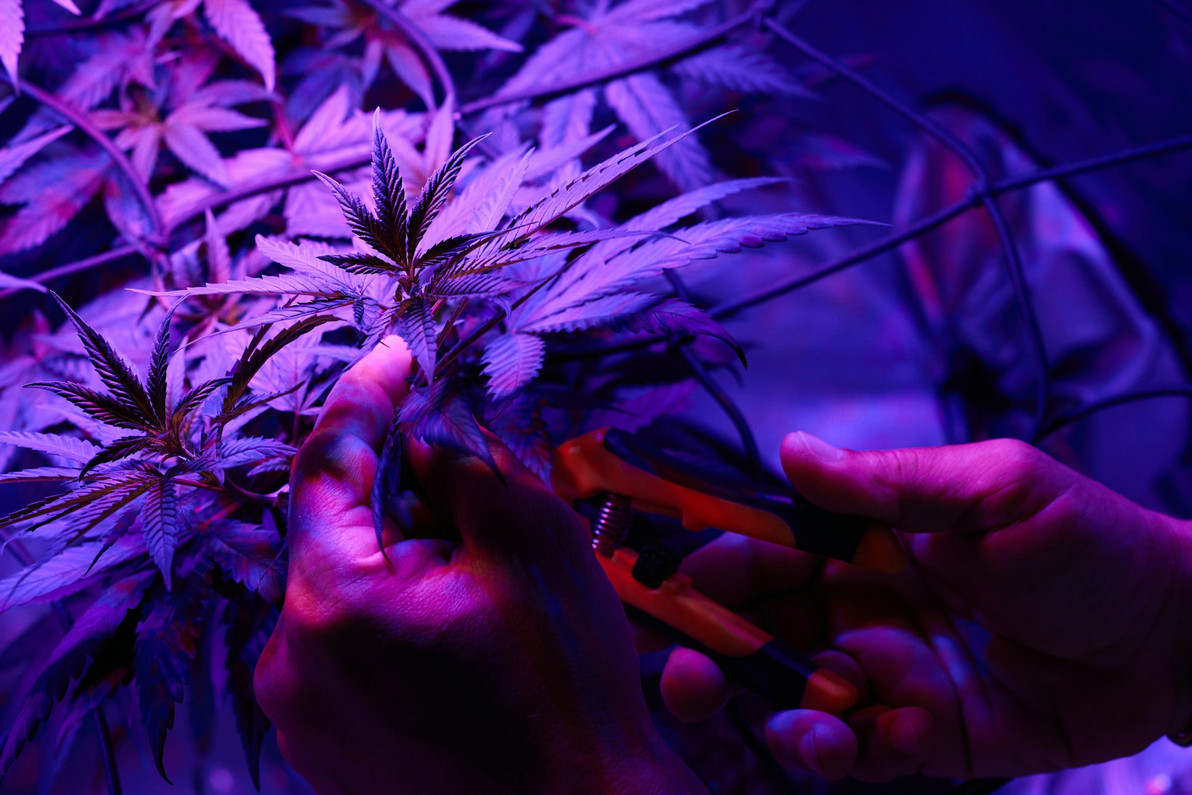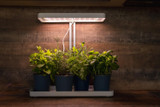Dealing with Spectrum Issues in LED Grow Lights
When it comes to cultivating cannabis indoors, the lighting setup plays a significant role in plant health and yield. LED grow lights are often chosen for their efficiency and spectrum versatility, yet they can sometimes present spectrum issues. These problems may lead to obstacles in achieving optimal growth, especially if not addressed properly.
Understanding how LED spectrum impacts plant development is crucial for growers. Light spectrum influences photosynthesis and affects how plants absorb nutrients, grow leaves, and develop buds. Identifying and tackling spectrum issues early can make the difference between average and exceptional plant health, allowing for a prosperous harvest.
Understanding Spectrum Issues
Spectrum issues with LED grow lights boil down to imbalances in the light wavelengths your plants receive. Each part of the spectrum plays a specific role. For example, blue light encourages vegetative growth, while red light aids flowering stages. When the spectrum is off, your plants may show signs of poor development or slow growth.
Common spectrum problems include:
- An excess of blue light leading to overly dense leaf growth.
- Too much red light causing elongated, weak stems.
- A lack of full-spectrum light resulting in deficiencies during different growth stages.
When seeking to fix these problems, start by taking a closer look at your lights’ output. Most modern LED grow lights come with adjustable spectrums, allowing you to tweak and find the right balance for your plants. Think of it as finding the right recipe in cooking – each ingredient, or in this case, wavelength, has a place and a purpose.
By understanding and adjusting the spectrum of your LED grow lights, you can provide your plants with a lighting environment that closely mimics natural sunlight, promoting healthier growth throughout all stages. Recognizing these issues early and making adjustments can set the stage for a lush garden, aligning with your plants' natural progression and seasonal needs, regardless of the time of year.
Identifying Spectrum Problems
Spotting spectrum issues in LED grow lights isn't always straightforward, but knowing the signs can help you act quickly. Plants are great at signaling when they're unhappy. For instance, if you notice your plants' growth slows down or their leaves look unhealthy, light might be the culprit. Here are some specific indicators to keep an eye on:
- Leaves that are too dark or light could signal an imbalance in the light type.
- Stunted growth or unusual shapes in plants may mean the light isn't at the right spectrum.
- Flowering that takes longer than expected could suggest insufficient red light.
To monitor these issues effectively, regularly check your plants for changes. Pay attention to any shifts in color, growth rate, and overall health. A logbook or digital tracker can help you note these observations. This consistent monitoring helps pinpoint when changes in light might be needed and keeps your plants thriving.
Solutions to Spectrum Issues
Once you've identified a spectrum problem, the next step is to correct it. Often, you can solve these issues by adjusting the light's setting. Many LED grow lights have controls that let you tweak the spectrum. Experiment with these controls to see what works best for your plants. Think of it as tuning a radio to find the perfect station.
Here are some practical steps to address spectrum issues:
- Adjust the spectrum setting to ensure the right balance of blue and red light.
- Raise or lower the grow lights to change light intensity and coverage.
- Replace old or malfunctioning bulbs to ensure effective light output.
- Consider adding supplemental lights if spectrum adjustments aren't enough.
These actions can optimize your LED grow lights' impact, promoting healthier plants and better yields.
Preventative Measures
Preventing spectrum issues from arising in the first place is the best approach. Start by setting up a regular maintenance schedule. This includes cleaning the lights to prevent dust from affecting light efficiency and checking for any malfunctions. Keeping lights clean and functional ensures they can provide consistent and suitable lighting.
It's beneficial to invest in LED lights that offer full-spectrum capabilities. These lights are designed to cover all the growth stages, decreasing the likelihood of issues. Testing your setup after making changes or introducing new components is paramount. Adjustments can be necessary as plants progress through their growth stages, and regular checks ensure they receive what they need.
These preventative steps help maintain an optimal growing condition for your plants, paving a clear path for lush, healthy growth. Adapting these techniques can make all the difference in keeping your garden thriving all year round.
To ensure your cannabis plants thrive with the right lighting conditions, consider enhancing your setup with high-quality LED grow lights. Shore Grow offers reliable options designed to support healthy growth from seedling to harvest. Give your indoor garden the lighting it needs to flourish, and count on Shore Grow to help you get there.
Recent Posts
-
How to Adjust LED Grow Light Settings for Optimal Growth
LED grow lights have become a favorite tool for many cannabis growers, thanks to their efficiency an …Oct 29th 2025 -
Must-Have Lighting Accessories for Any Grow Room
Starting a cannabis grow room can be quite an adventure, especially when it comes to picking the rig …Oct 29th 2025 -
Tips for Resolving Inefficiencies in High Intensity Discharge Lamps
High Intensity Discharge (HID) lamps play a crucial role in hydroponic cannabis cultivation, offerin …Oct 22nd 2025




